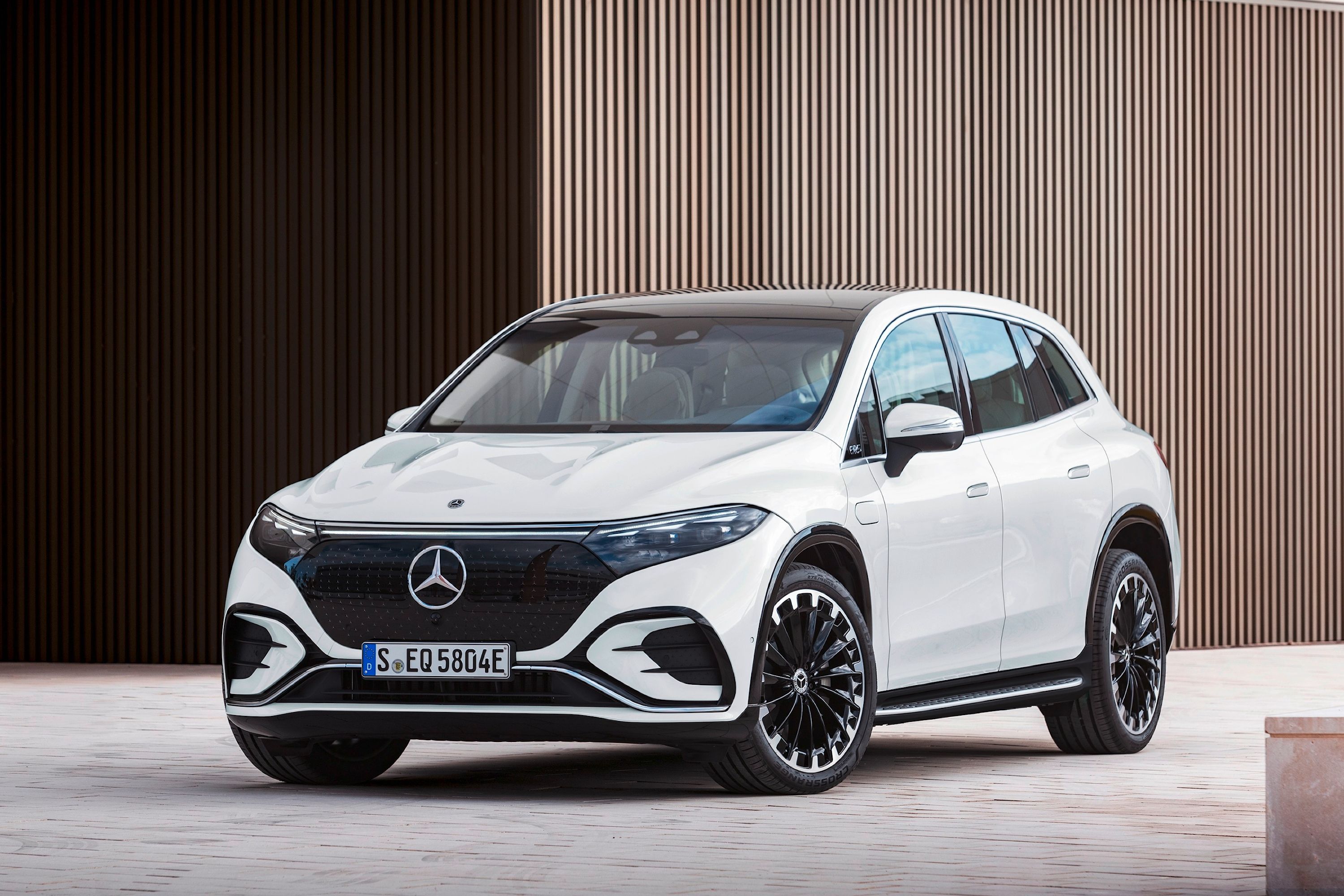
Only the true car nerds and market hawks may have noticed that there's been a trend taking place in the industry. It involves automakers posting sales on par with or slightly below last year's numbers but still showing huge losses across the board. Some of these losses can be attributed to money spent on paying out billion-dollar fines, as is the case with BMW, but even in those cases it is research and development that's taken the biggest bite out of profits. As you might expect, that R&D money is going towards accelerating the pace at which electric vehicles will debut and proliferate throughout society. But just how quick and far-reaching will this change be? Enough that Mercedes has just announced Ambition2039, a plan that if executed, will ensure the automaker is completely carbon neutral by 2039.
That's just 20 short years from now for those keeping track. Or, as future Chairman of the Board of Management of Daimler AG, Ola Källenius, said at a press event, a change that will take place "within less than three product cycles." For Mercedes, Ambition2039 means taking drastic measures to ensure it has a carbon-neutral new passenger car fleet by 2039 and meet targets it's set along the way, such as aiming to have electric models (that includes pure EVs and plug-in hybrids) make up more than half of car sales by 2030. To do that, Mercedes will invest heavily in improving battery technology and on modularizing its platforms to ensure the latest improvements can be expanded to all models quickly. The automaker also wants to lean on mobility services to further spread the use of EVs. Mercedes is so serious about greening its lineup, in fact, that it's going as far as electrifying its vans, trucks and buses.
But even an all-out effort like that may not be enough, so Mercedes is turning back to technologies once thought to be dead ends, such hydrogen fuel celled vehicles like the GLC F-CELL. "Our current focus is on battery-electric mobility. But there's also room and need to continue to work on other solutions, for example, the fuel cell or eFuels," claims Källenius. Tailpipe emissions, however, are the only one source of CO2 Mercedes wants to eliminate. Its factories are another area that will see a drop in emissions come through the use of new technology put in place to green the production line. Modeled after the "Factory 56" addition to its Sindelfingen plant, Mercedes will make sure it powers its plants using renewable sources like wind power and will even go as far as to build its cars in such a way that a majority of components can be recycled.
And the buck doesn't even stop there. Along with the change from within, Mercedes will ask its supply chains and partners to get on board with the movement, analyzing the environmental impact each partner has and recommending ways in which they can decrease CO2 output. And to silence the critics who cite how EVs are only as green as the power grids they're plugged into, Mercedes will try its best to "inspire" and "enable" drivers to charge up at public charging stations, "wherever possible with energy from renewable sources." But before you run outside and hug your AMG like it's the last you'll ever own, rest somewhat easy knowing that "carbon neutral" doesn't mean Mercedes can't build another gasoline engine. It just means the carbon it spews has to be accounted for and cancelled out, perhaps by building carbon negative auto plants that keep net emissions at zero. Rest easy, but only somewhat easy.
